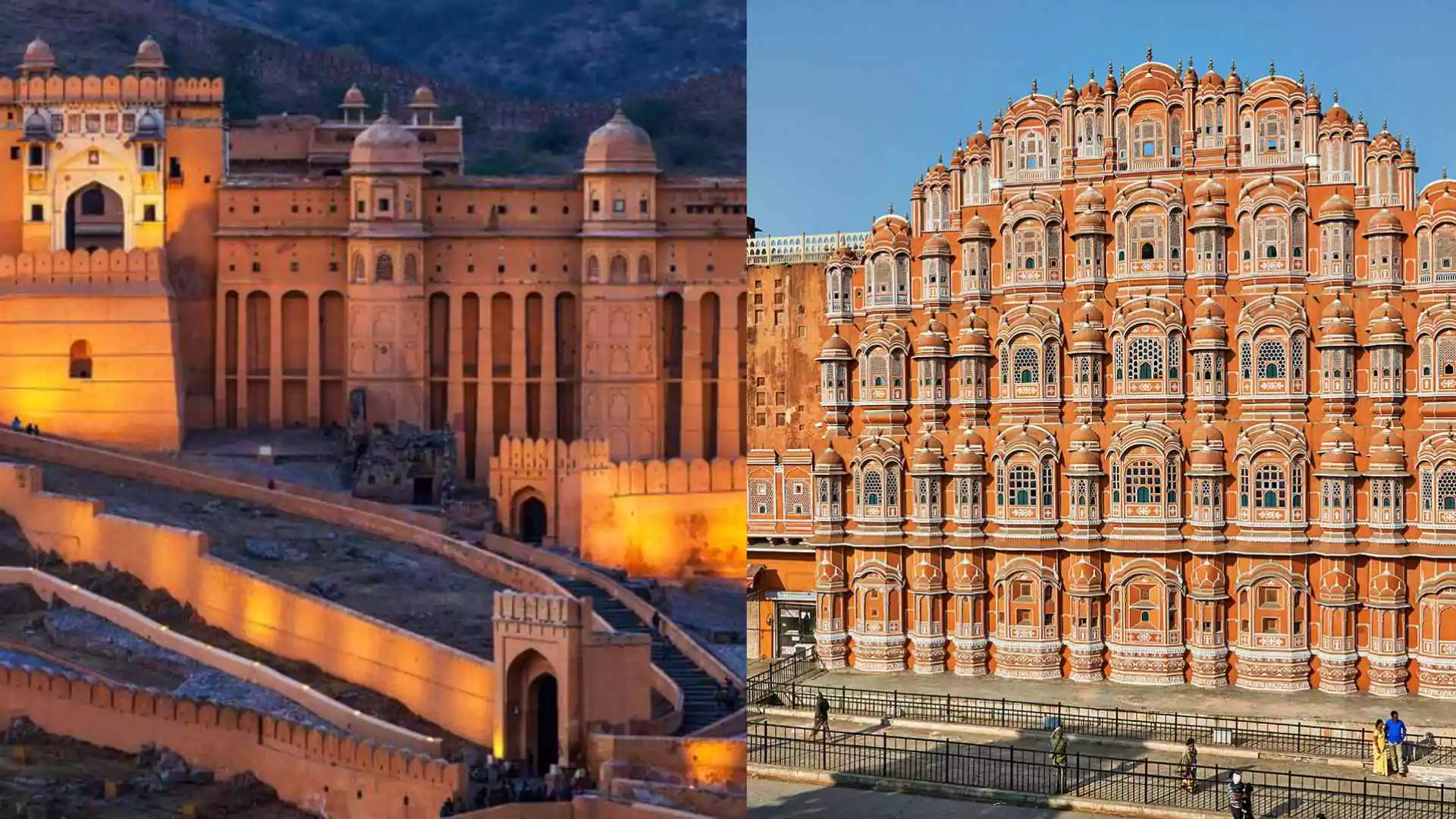The Maha Kumbh Mela is not just a religious event—it’s a journey, both physical and metaphysical, that transcends the boundaries of time, space, and individual existence. Held every 12 years in the sacred cities of Allahabad, Haridwar, Ujjain, and Nashik, it’s a living testament to India’s spiritual tapestry, where millions of souls converge in a shared, sacred experience.
What sets the Maha Kumbh apart is its unique ability to create a timeless intersection between the past, present, and future. For the devotees, this is not merely about taking a ritualistic dip in the holy rivers; it’s about experiencing the divine in the most unmediated way possible. It is an awakening of the spirit—an invitation to leave behind the burdens of daily life, the weight of the past, and the fears of the future.
The event carries an underlying current of unity—an unspoken recognition that we are all, at our core, one. People of different castes, communities, and backgrounds gather here to seek purification. The sacred river acts as a metaphor for life itself—constantly flowing, continuously evolving, offering clarity, renewal, and introspection. For many, the Maha Kumbh Mela is less about tradition and more about embarking on a personal spiritual odyssey.
In an era where the world seems more divided than ever, the Maha Kumbh stands as an enduring symbol of collective faith and shared humanity. It’s a reflection of the belief that we can come together, transcend our differences, and unite in a shared purpose—spiritual growth. The Maha Kumbh Mela, then, is not just a religious event but an experience that leaves an imprint on one’s soul.
ALSO READ: Maha Kumbh 2025 To Highlight Justice And Awareness, Judges And Lawyers To Interact With The Public























